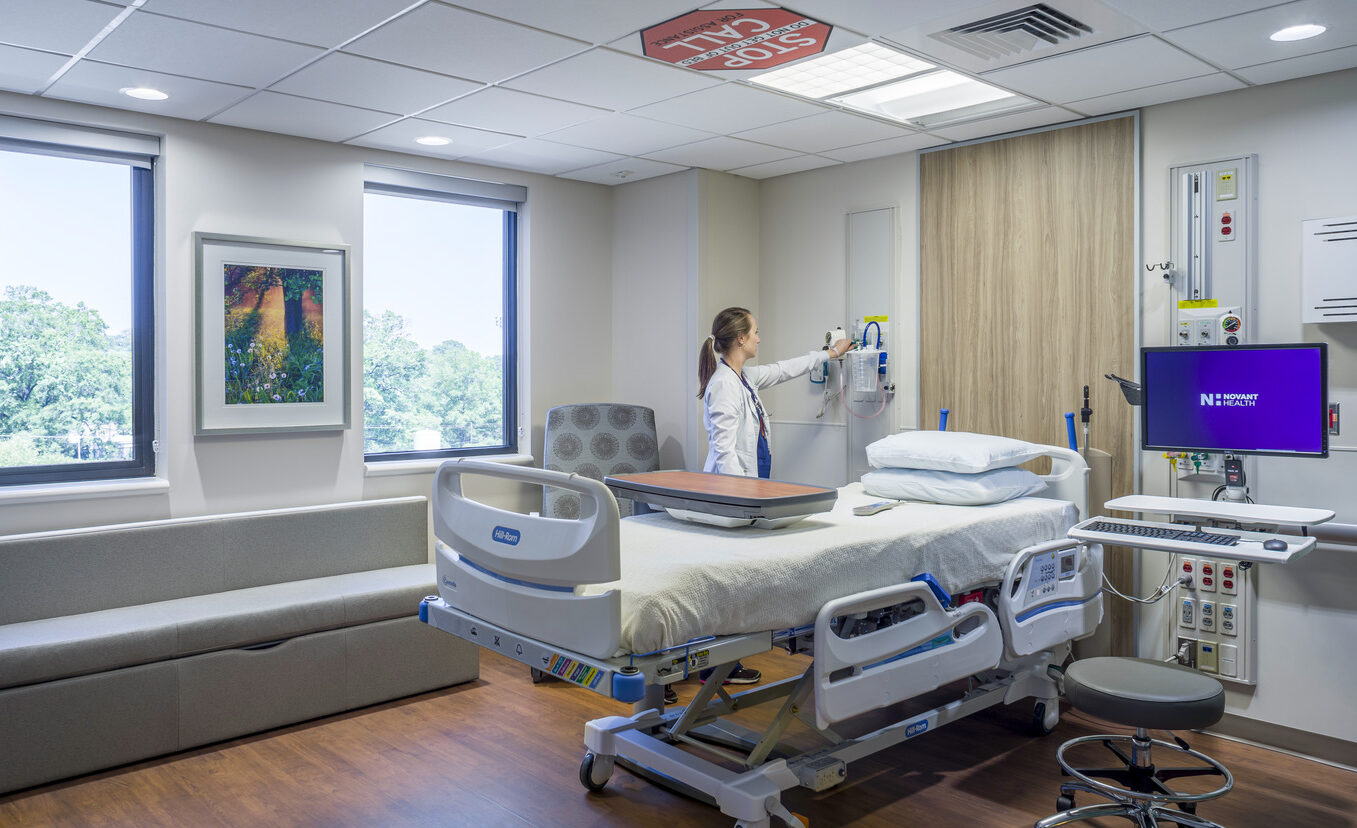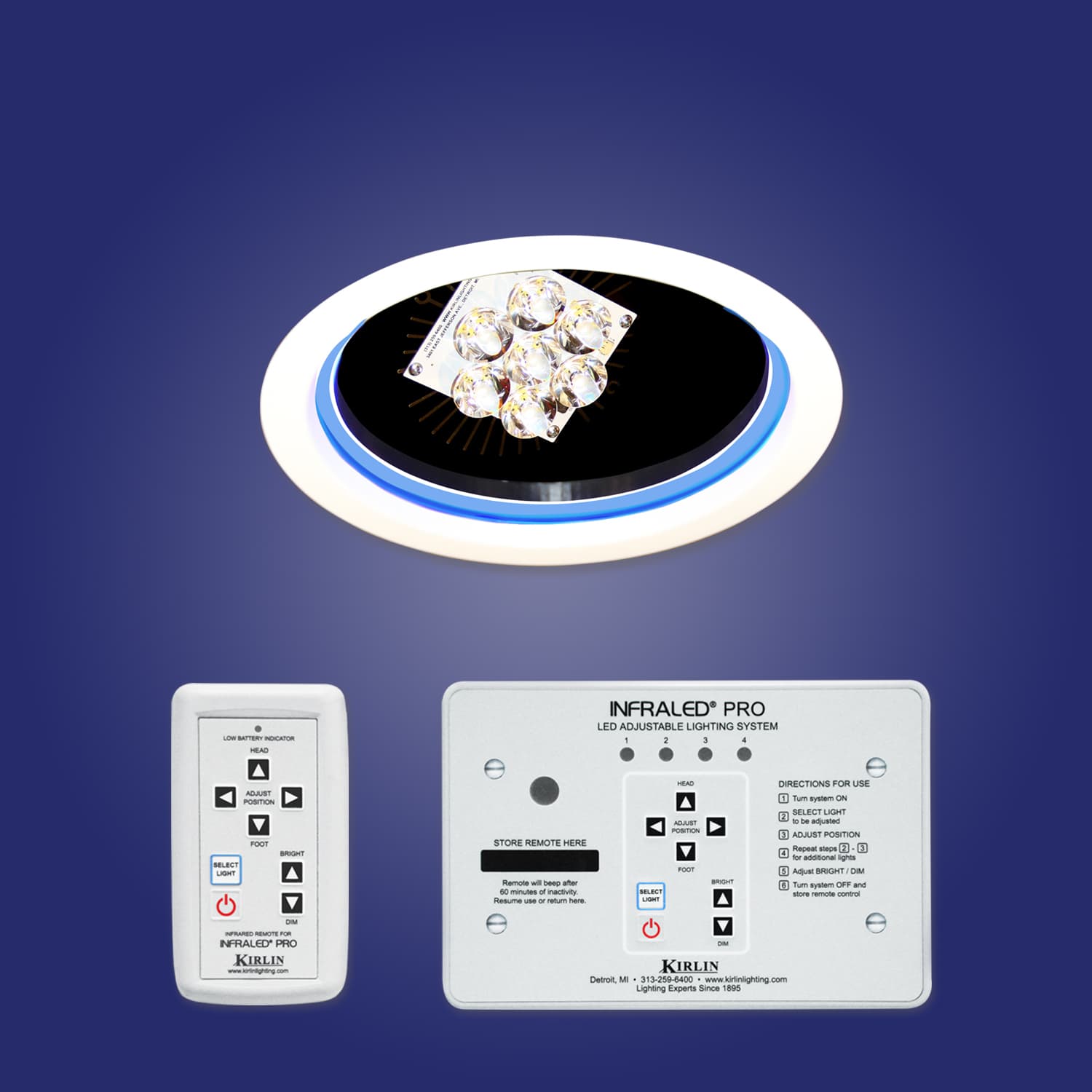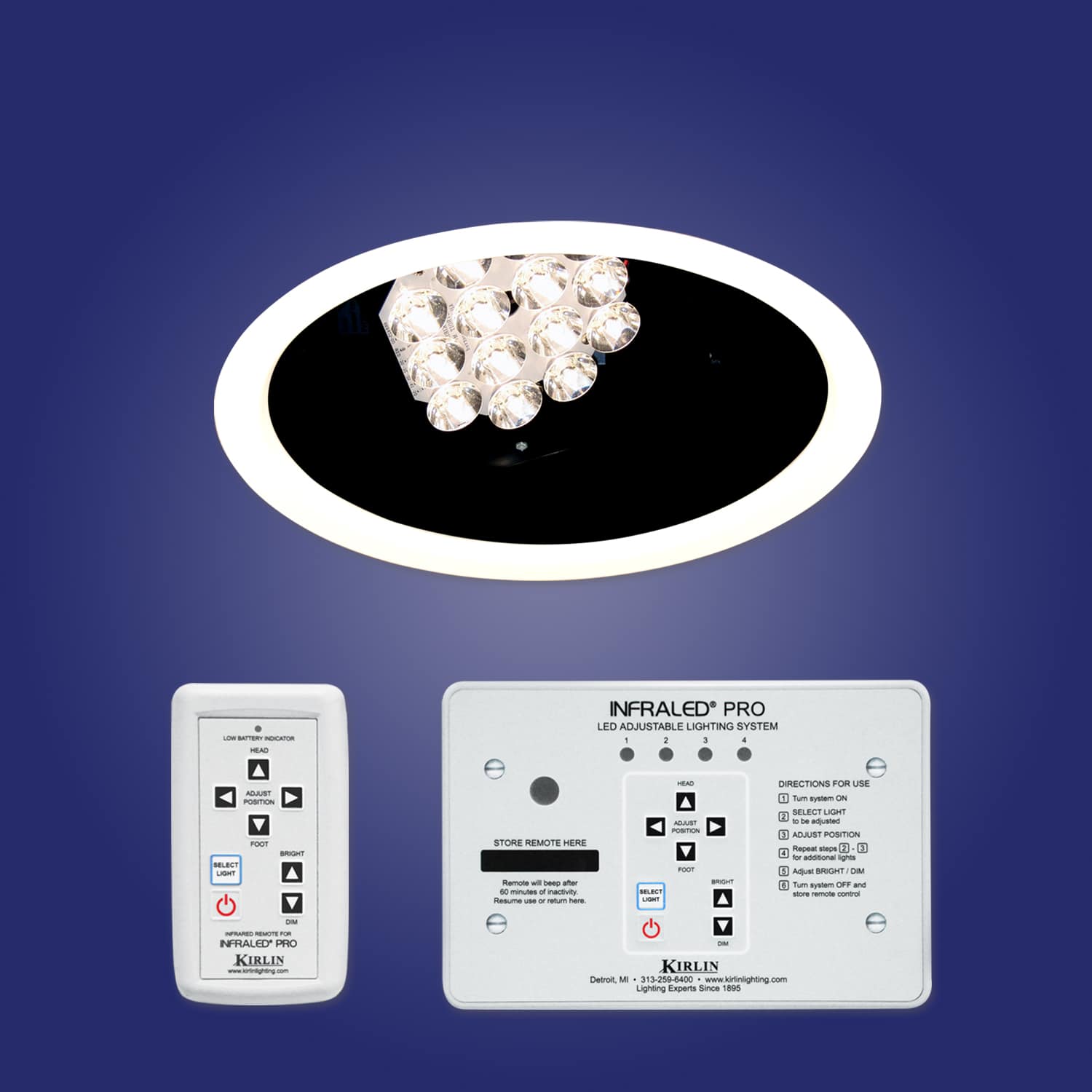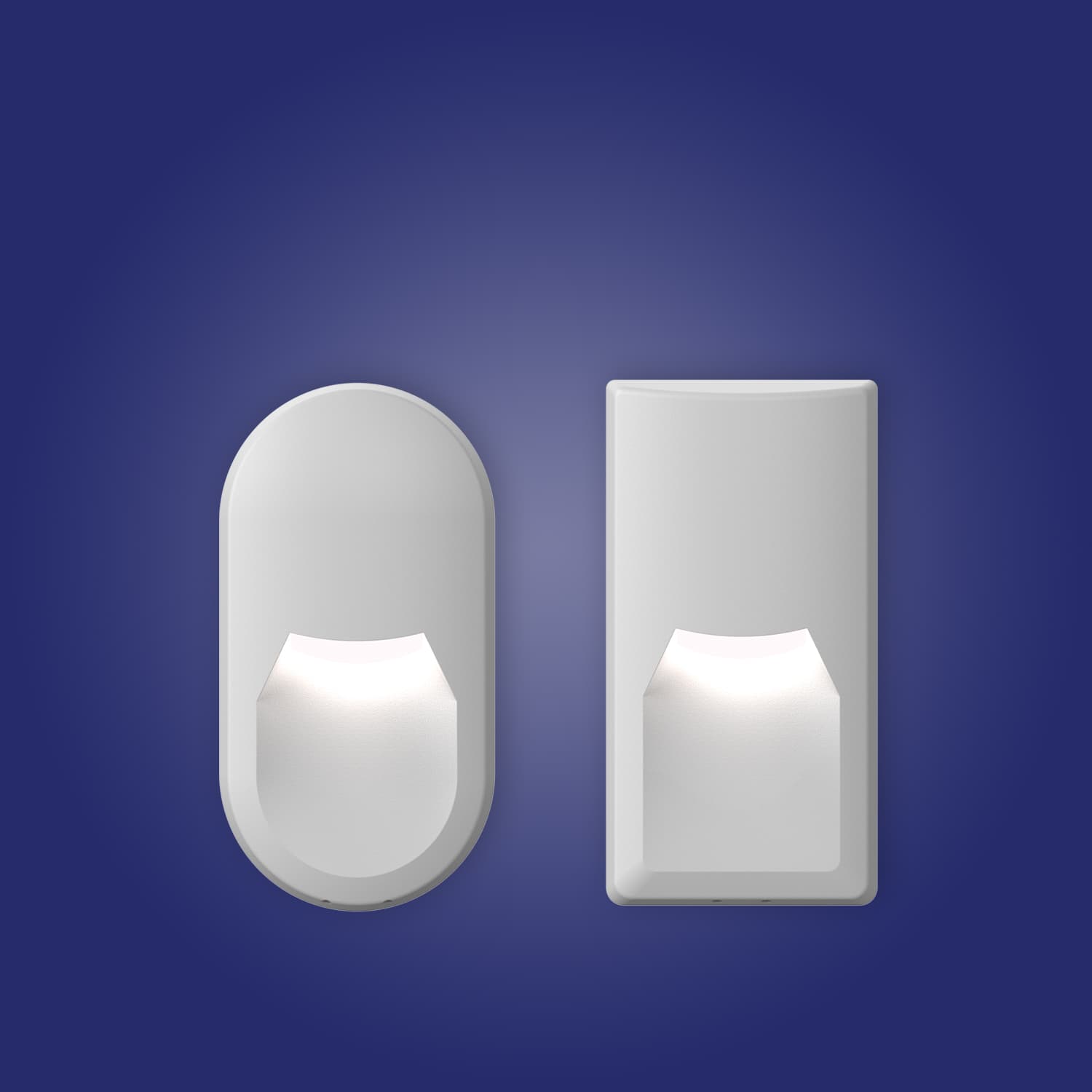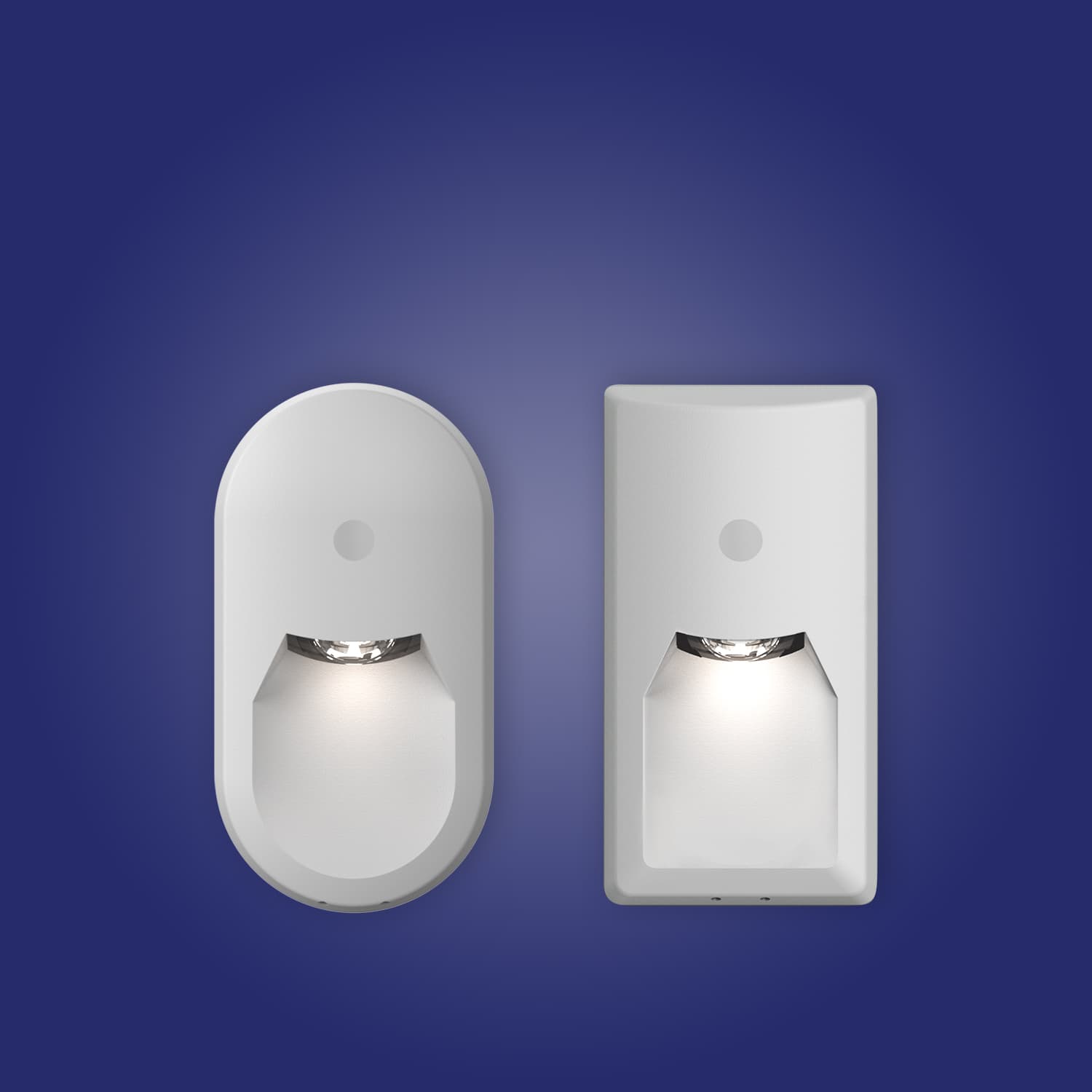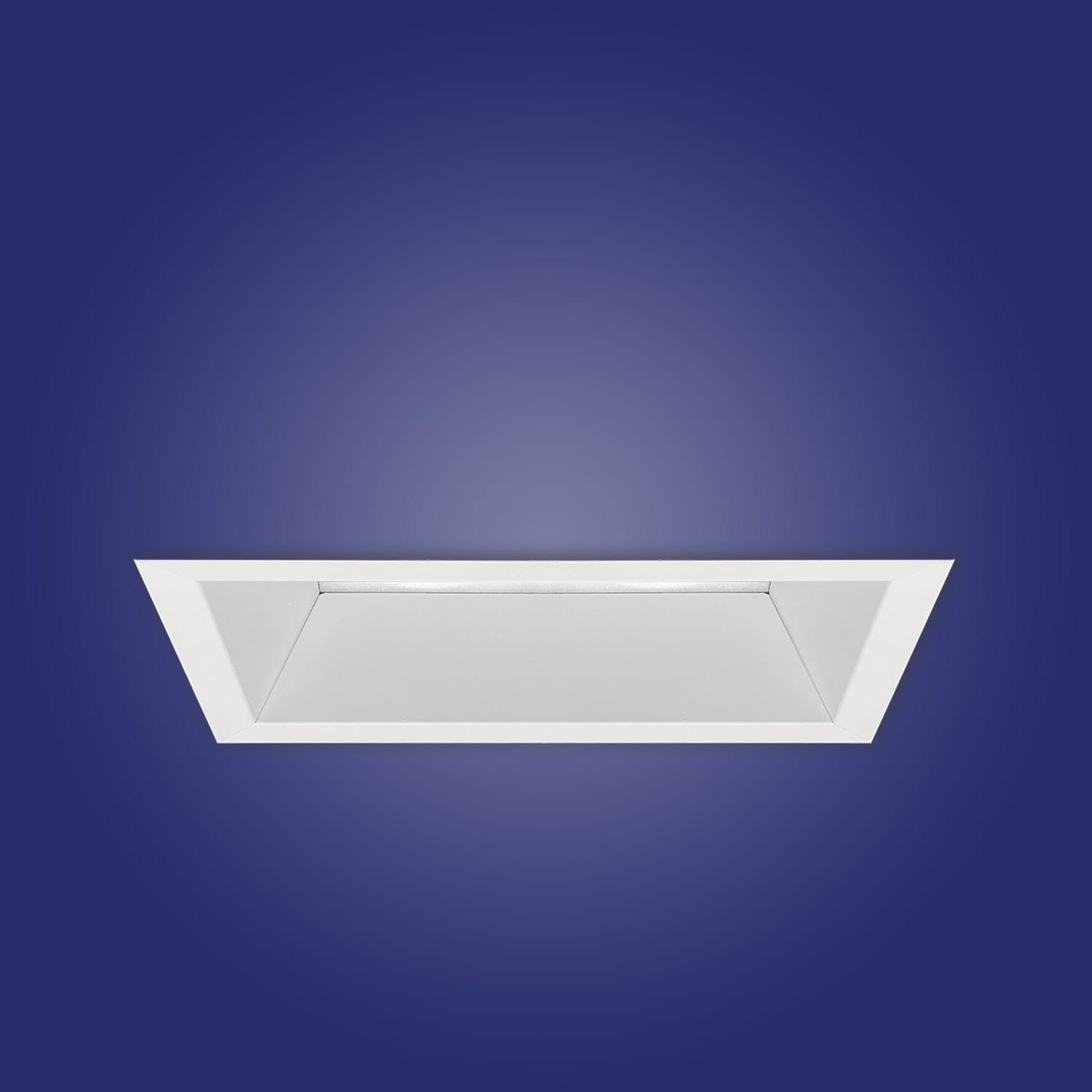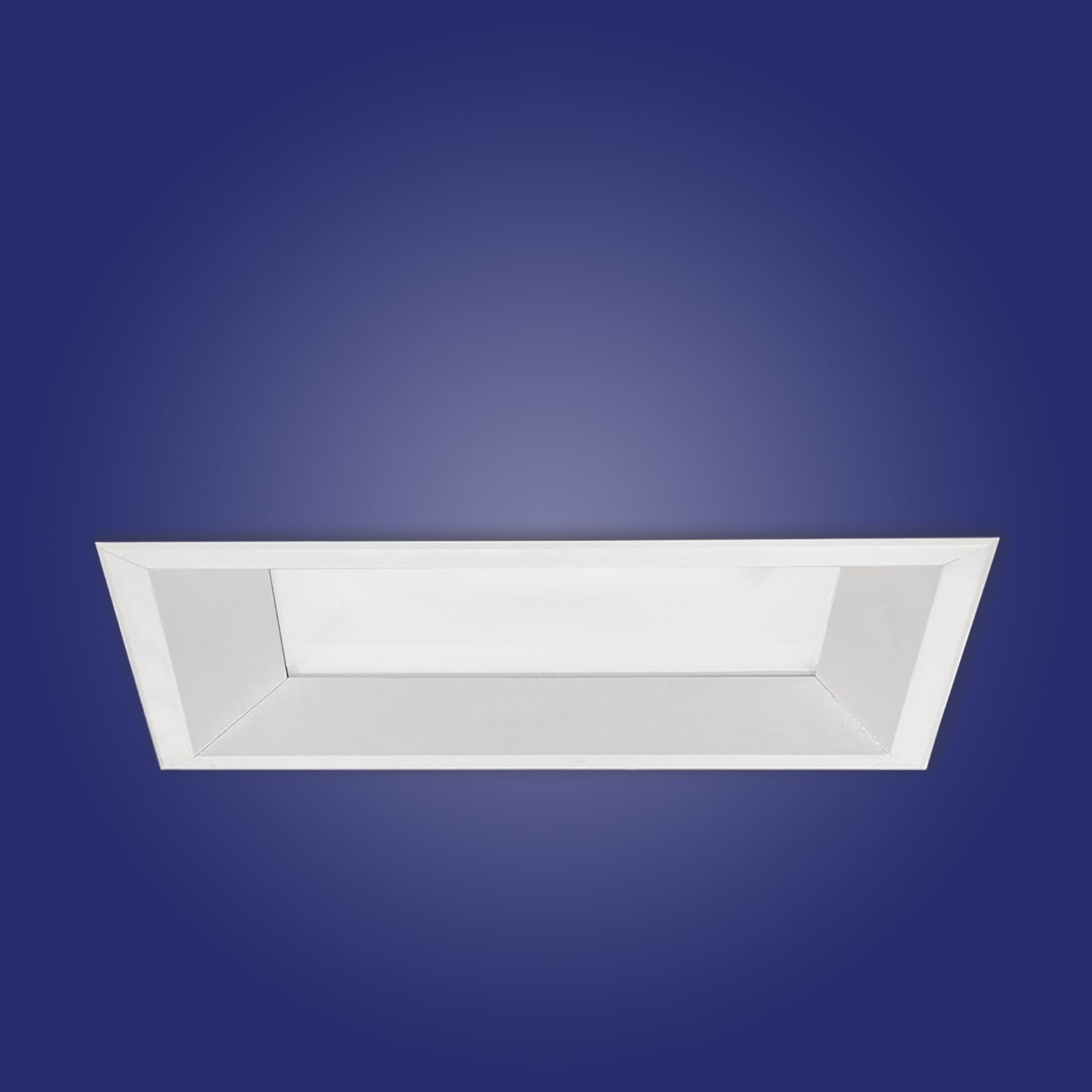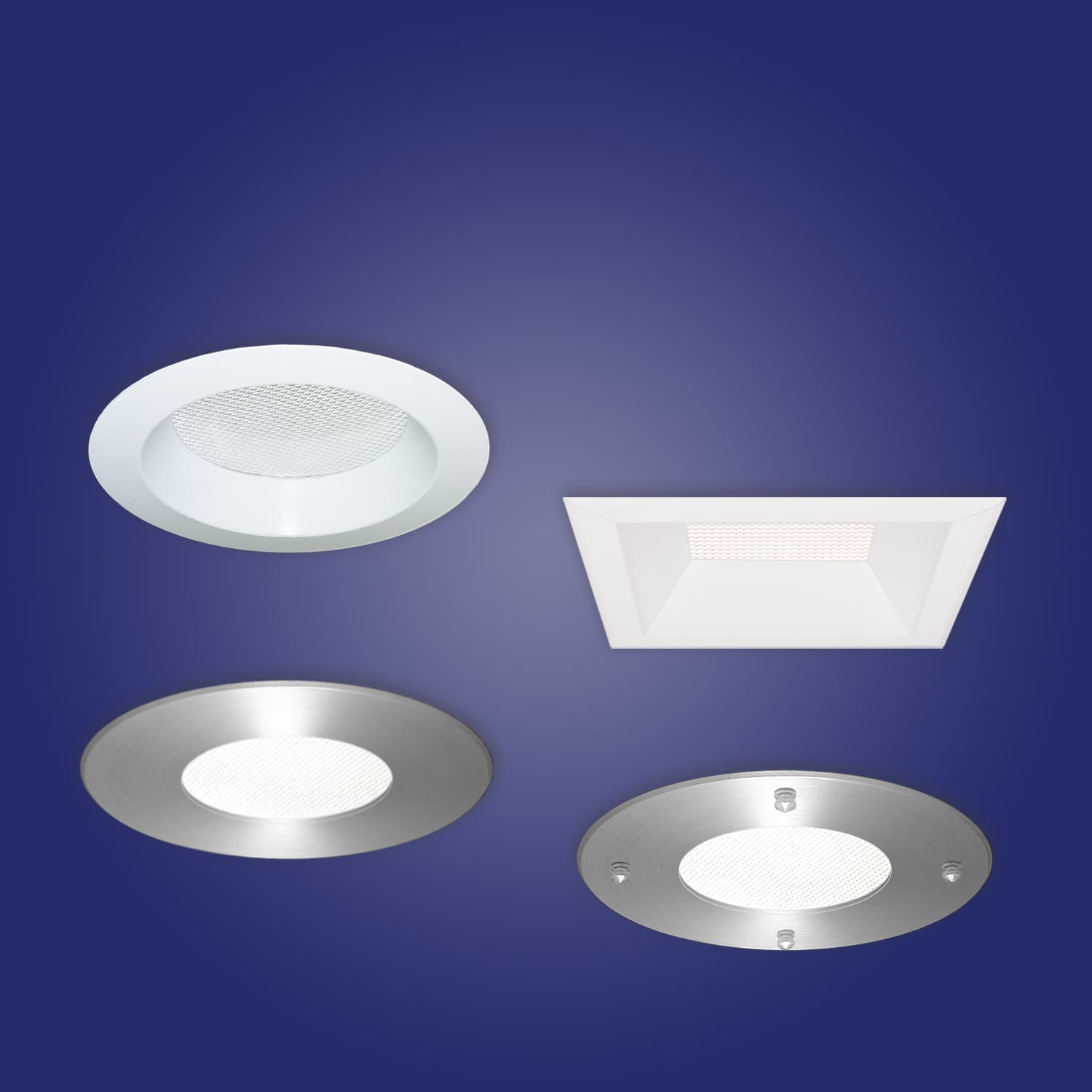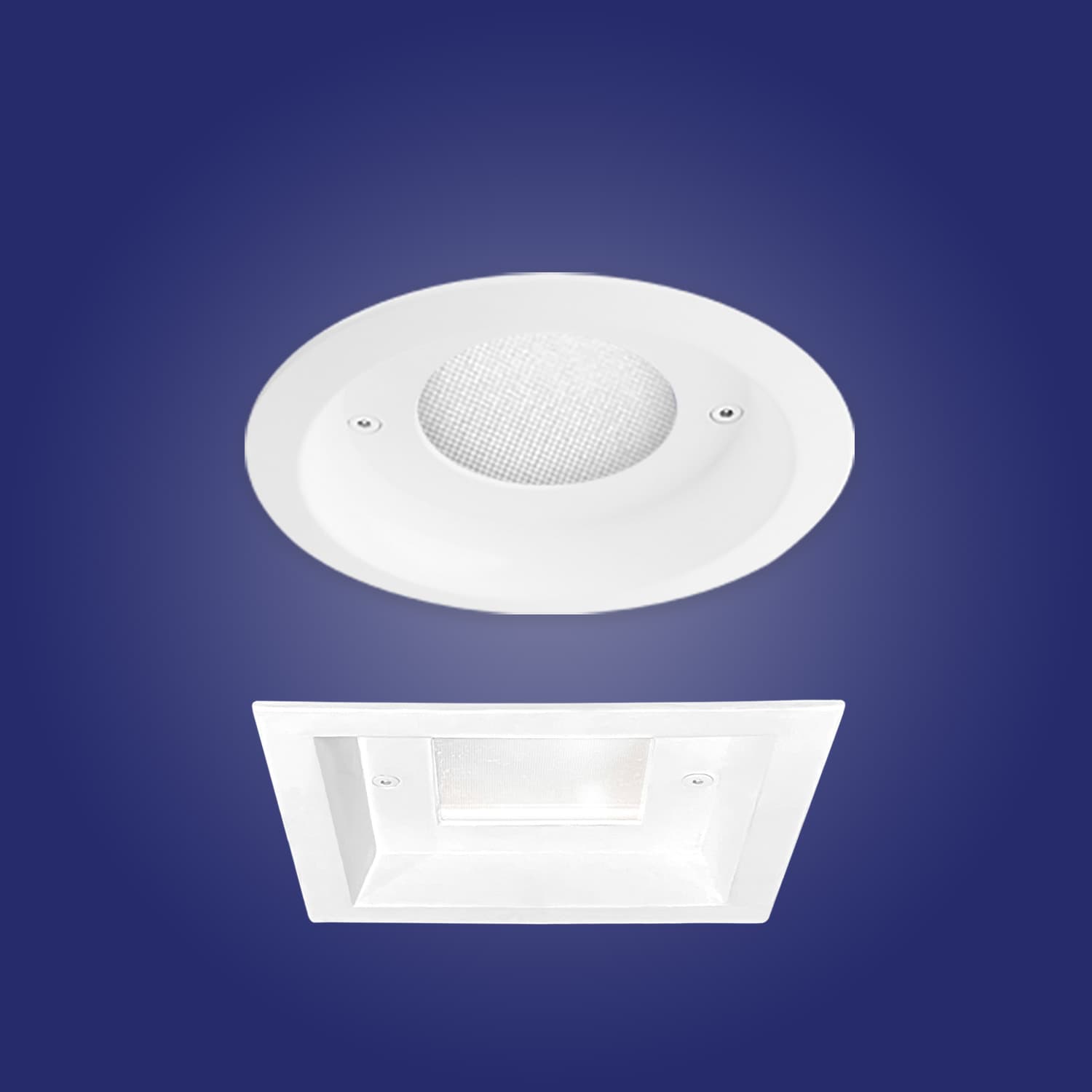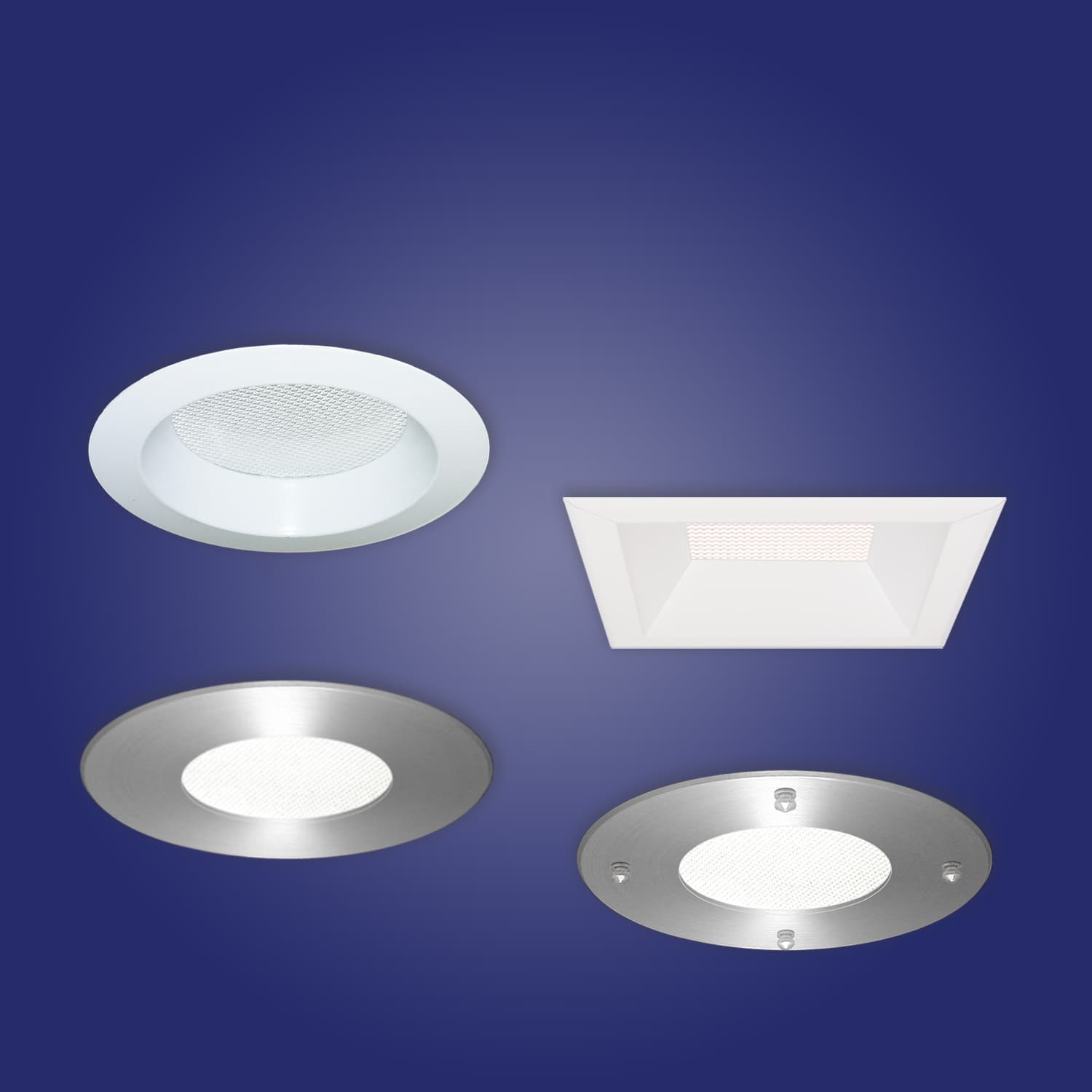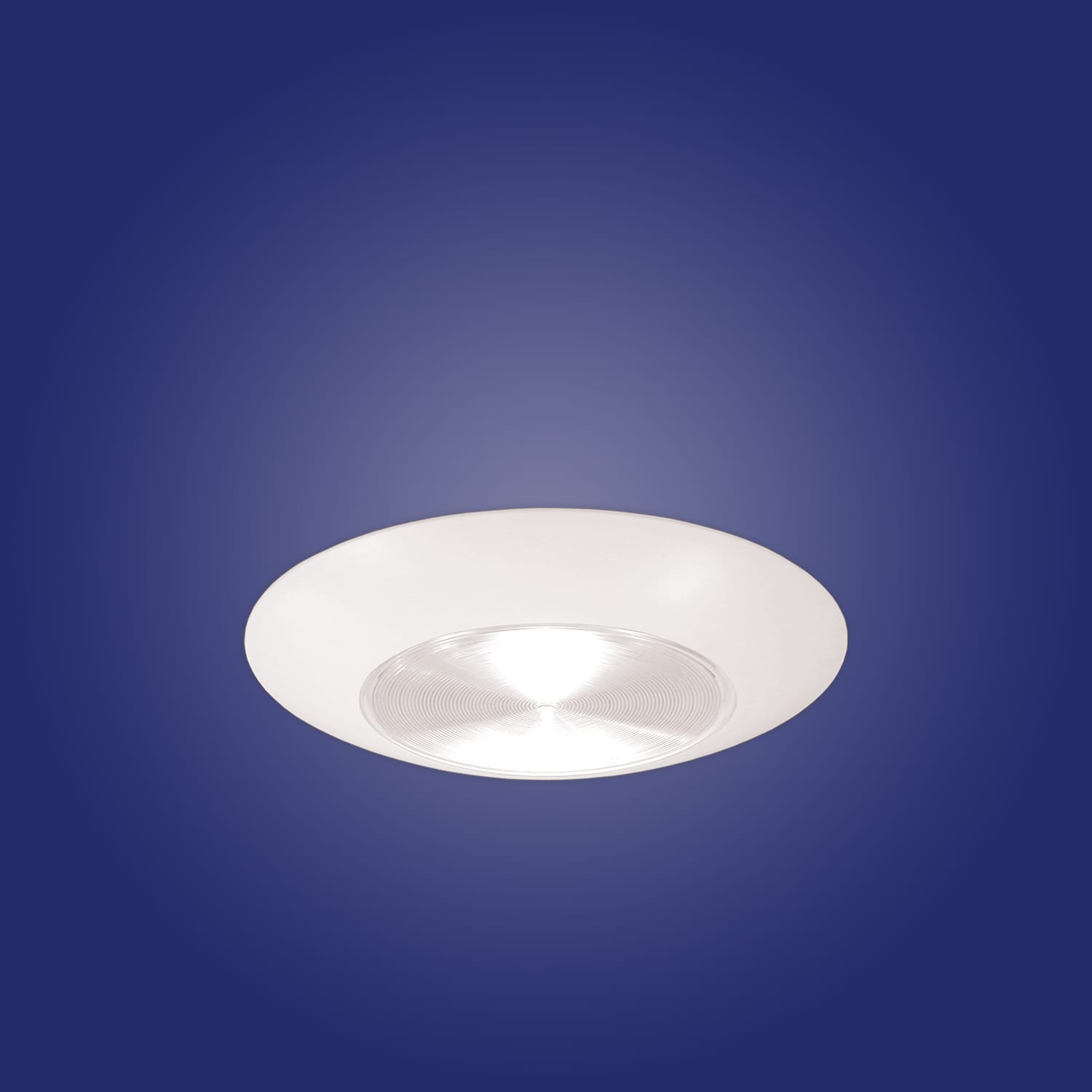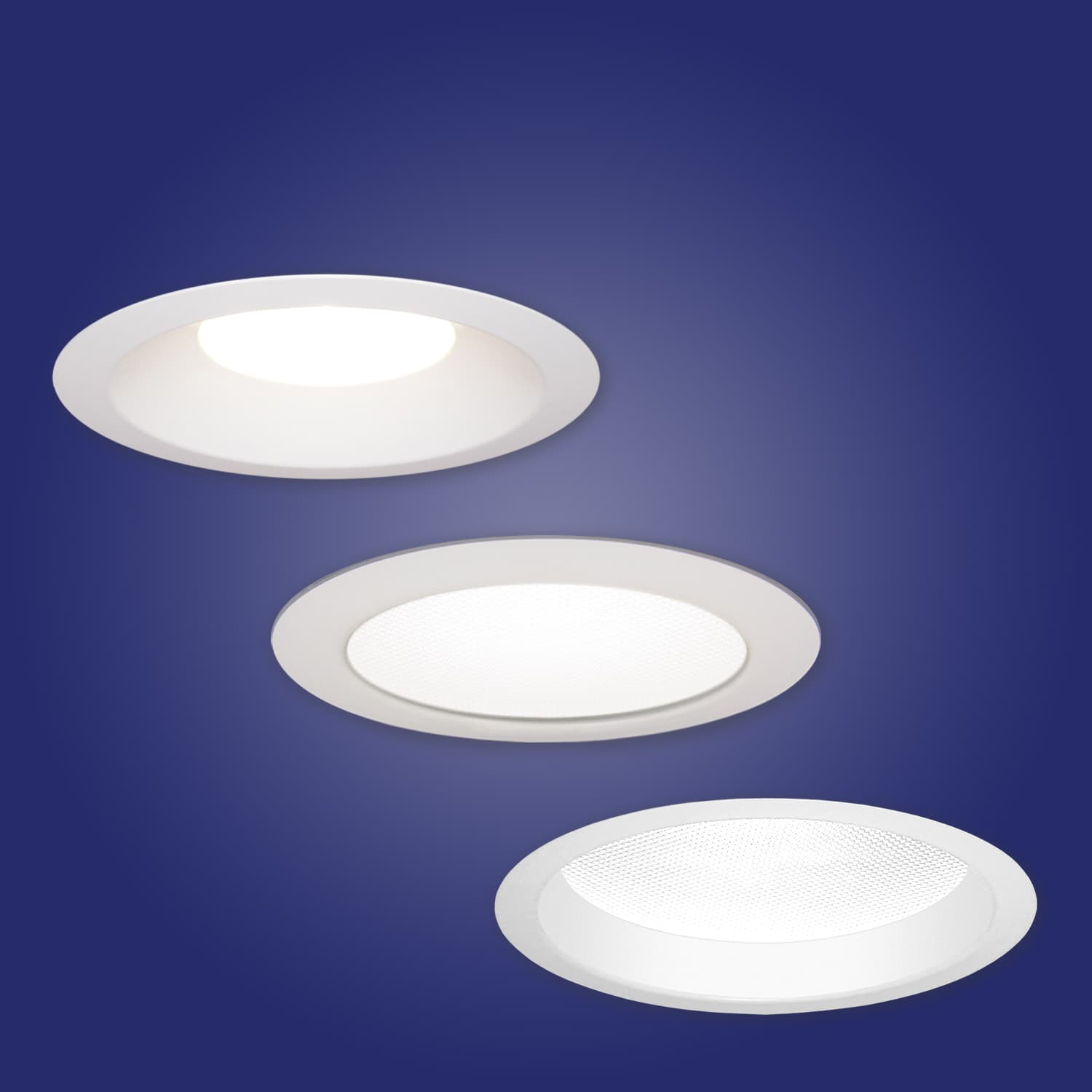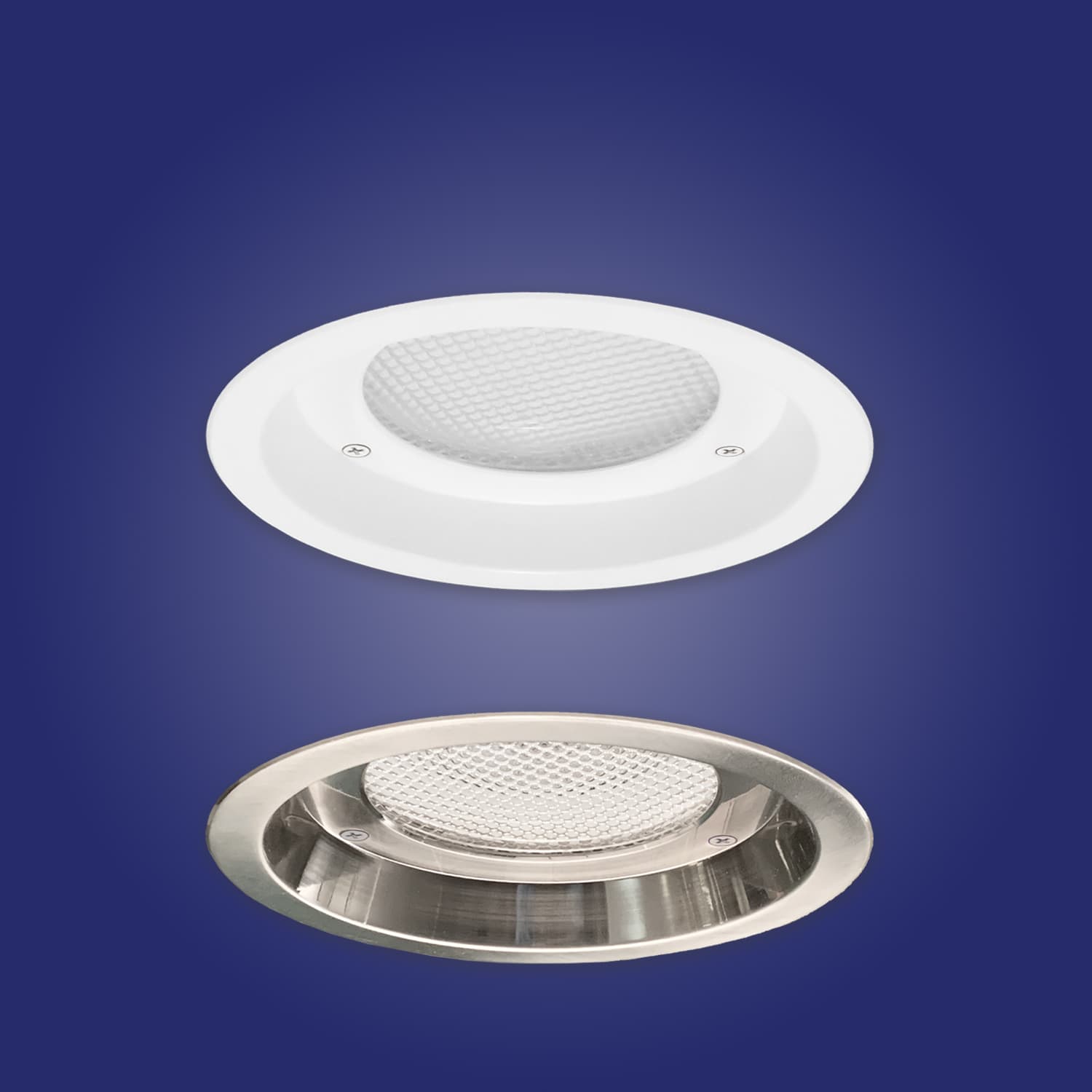Lighting the Patient Room
The patient room serves more needs than nearly any other space in the hospital. While specialty departments are the site for most life-saving procedures and diagnoses, a single patient room can be a pediatric treatment unit one day, a step-down room for a patient leaving the ICU the next, and a long-term care suite the day after that.
To serve these many needs, we segment the patient room into 4 important zones:
- The Patient Zone: This is the area directly surrounding the patient bed, where exam lighting (fixed, adjustable, or motorized) will be used for visual assessments while ambient lighting provides the patient with some sense of normalcy as they read, relax, and recuperate.
- The Clinical Zone: An area for doctor and nurse activity, this zone can be in use while the patient is awake and/or while they are asleep. Here, chart lights and task lights are a great solution to provide targeted illumination without waking a sleeping patient.
- The Family Zone: Family members play a very important role in the recuperation of hospitalized patients. When they visit their loved one, they congregate in the family zone, which is commonly filled with couches and recliners, and is best illuminated by ambient downlights, creating a home-like atmosphere.
- The Hygiene Zone: Also known as the patient restroom, this space requires a dead-front shower light, and often nightlights controlled via photocell.
New From Kirlin: Ambient+
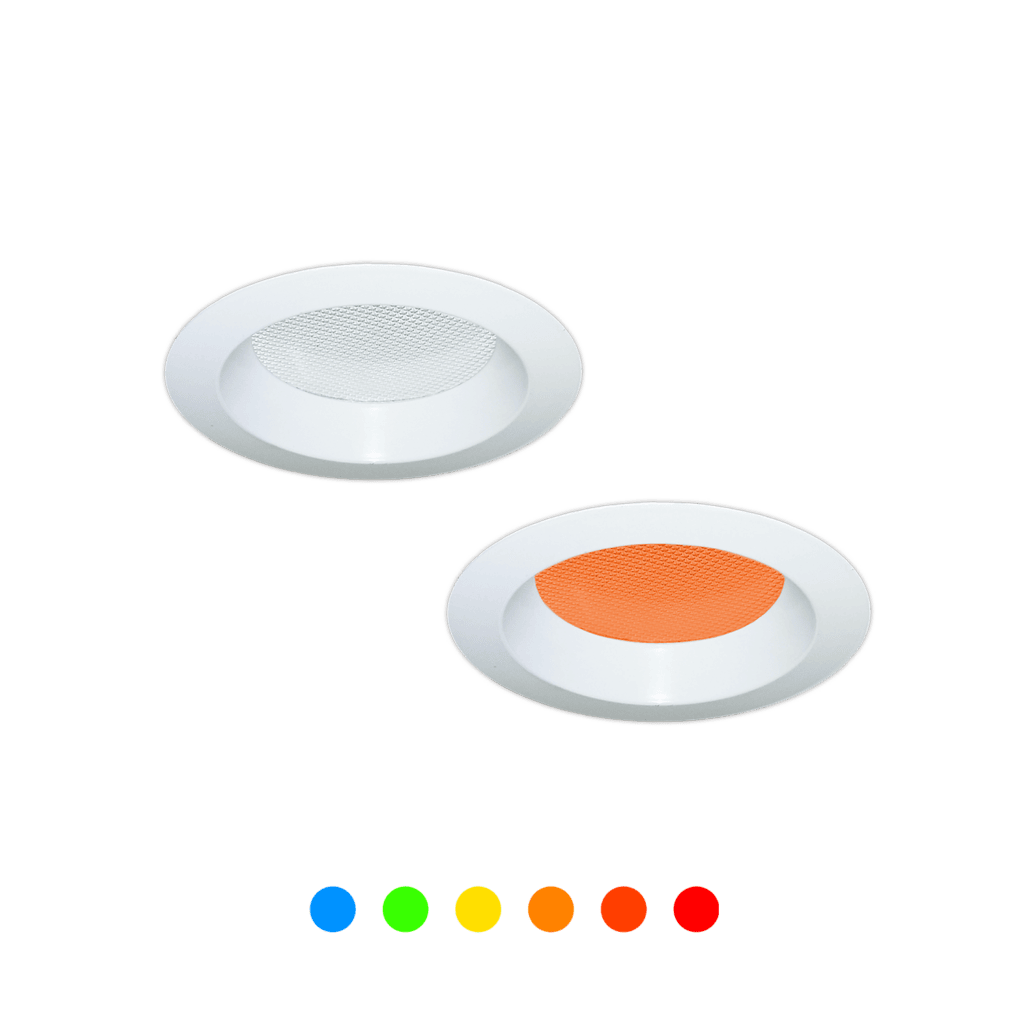
For patient rooms, Ambient+ offers a dual-purpose solution that enhances both care and comfort. Utilizing circadian supportive static wavelengths such as 590nm, 617nm, and 634nm, it allows clinicians to efficiently check on patients without disturbing their rest, crucial for healing. Additionally, this innovative lighting system serves as a gentle wayfinding tool for family members, guiding them during visits without the harshness of traditional hospital lighting. This thoughtful design not only aids in patient recovery by preserving sleep cycles but also creates a more welcoming environment for loved ones. Ambient+ bridges the gap between advanced medical care and the comfort of home, making it an essential feature in modern patient rooms.
Patient Room Best Practices
Looking for more detail on key lighting considerations for the Patient Room? Look no further than this “Best Practices” webinar recording, featuring the Kirlin team.
You’ll learn all about:
- The primary zones of today’s patient room, including the patient zone, family zone, hygiene zone, and clinical zone
- Various options for downlights to provide ambient illumination
- Using INFRALED PRO motorized exam lights or Kirlin’s fixed exam lights for patient room evaluations
- All about nightlights, steplights, and chart lights, and where to use them in the patient room
- … and more!
Patient Room Collection
Patient Room FAQ
-
What are the main types of lighting needed in a patient room?
The primary functions that lighting in the patient room will need to provide are: Ambient light for the patient zone and family zone, Exam light over the patient bed, Wayfinding light for moving around the room at night, and optionally a Reading light for the patient, Chart lights for the nursing staff, and Observation lighting to check on the patient at night. -
What controls are best for a patient room nightlight?
Photocells are the recommended method of controlling nightlights by the IES. Kirlin’s photocell design, available across many of our nightlights, will turn the fixture on any time that the room is dark. This ensures that patients can see the floor and navigate their way safely when light levels are low. -
How can patient room lighting promote sleep at night?
Certain types of light have a profound negative effect on sleep, specifically blue wavelengths that suppress the body’s production of melatonin, the sleep hormone. By using amber or red wavelengths in nightlight, chartlight, and observation light fixtures, we can meet the necessary light levels without disrupting the patient’s sleep.
